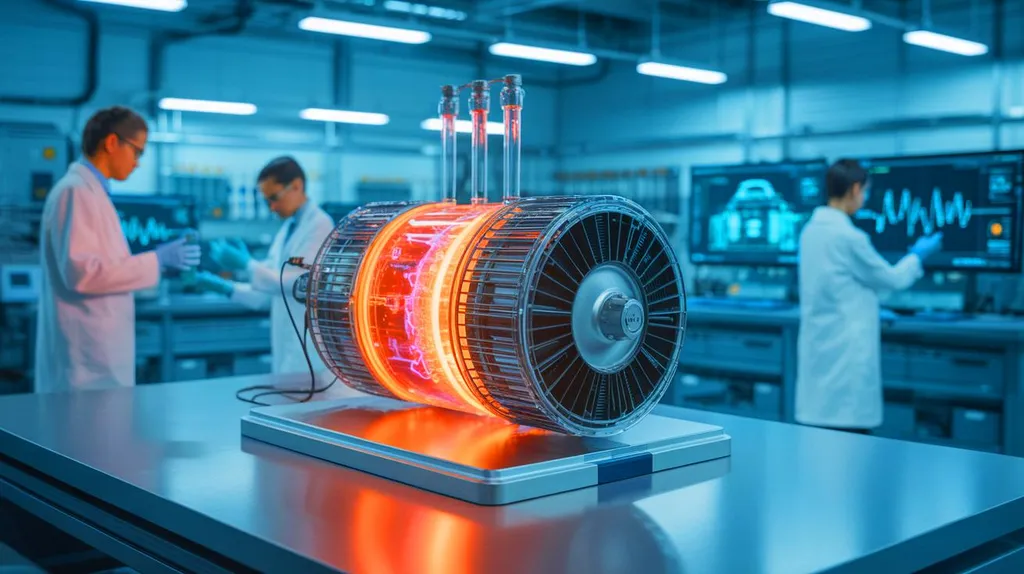In the ever-evolving world of structural mechanics, a recent study is making waves, promising to enhance our understanding of dynamic stability in various industries, including the energy sector. Sergei P. Ivanov, a researcher from the Volga Region State Technological University, has delved into the intricate world of bar systems with a finite number of degrees of freedom, shedding light on their behavior under dynamic loads.
Ivanov’s research, published in the journal “Stroitel’naya Mekhanika Inzhenernykh Konstruktii i Sooruzhenii” (Structural Mechanics of Engineering Constructions and Buildings), focuses on the critical issue of dynamic stability. This is not just an academic exercise; it has real-world implications, particularly in sectors like construction, mechanical engineering, and even energy production, where understanding and predicting structural behavior under dynamic loads can prevent catastrophic failures and optimize design.
“Dynamic loading of bar systems is a complex problem, but understanding it is crucial for the safety and efficiency of many structures,” Ivanov explains. His study presents a method for analyzing the dynamic stability of bar systems with one and two degrees of freedom, subjected to dynamic compressive loads. By using ordinary differential equations and numerical integration methods like the Runge-Kutta method, Ivanov has been able to construct graphs that illustrate the relationship between the deflection of bar systems and the acting dynamic load.
The research also investigates the influence of the rate of change of the compressive load and initial imperfections on the dynamic stability criteria of these bar systems. This is particularly relevant in the energy sector, where structures often face dynamic loads and must maintain stability to ensure safety and operational efficiency.
The findings of this study could shape future developments in structural design and analysis. By providing a clearer understanding of dynamic stability, engineers can design structures that are not only safer but also more cost-effective. In the energy sector, this could mean more robust wind turbines, safer oil rigs, and more efficient power plants.
Ivanov’s work is a testament to the power of applied research. As he puts it, “Theoretical knowledge is valuable, but its real worth lies in its application to solve practical problems.” His research is a step towards that goal, offering insights that could revolutionize the way we approach structural design and analysis in the energy sector and beyond.
In a world where safety and efficiency are paramount, Ivanov’s research is a beacon of progress, guiding us towards a future where our structures are not just standing tall but standing strong.

